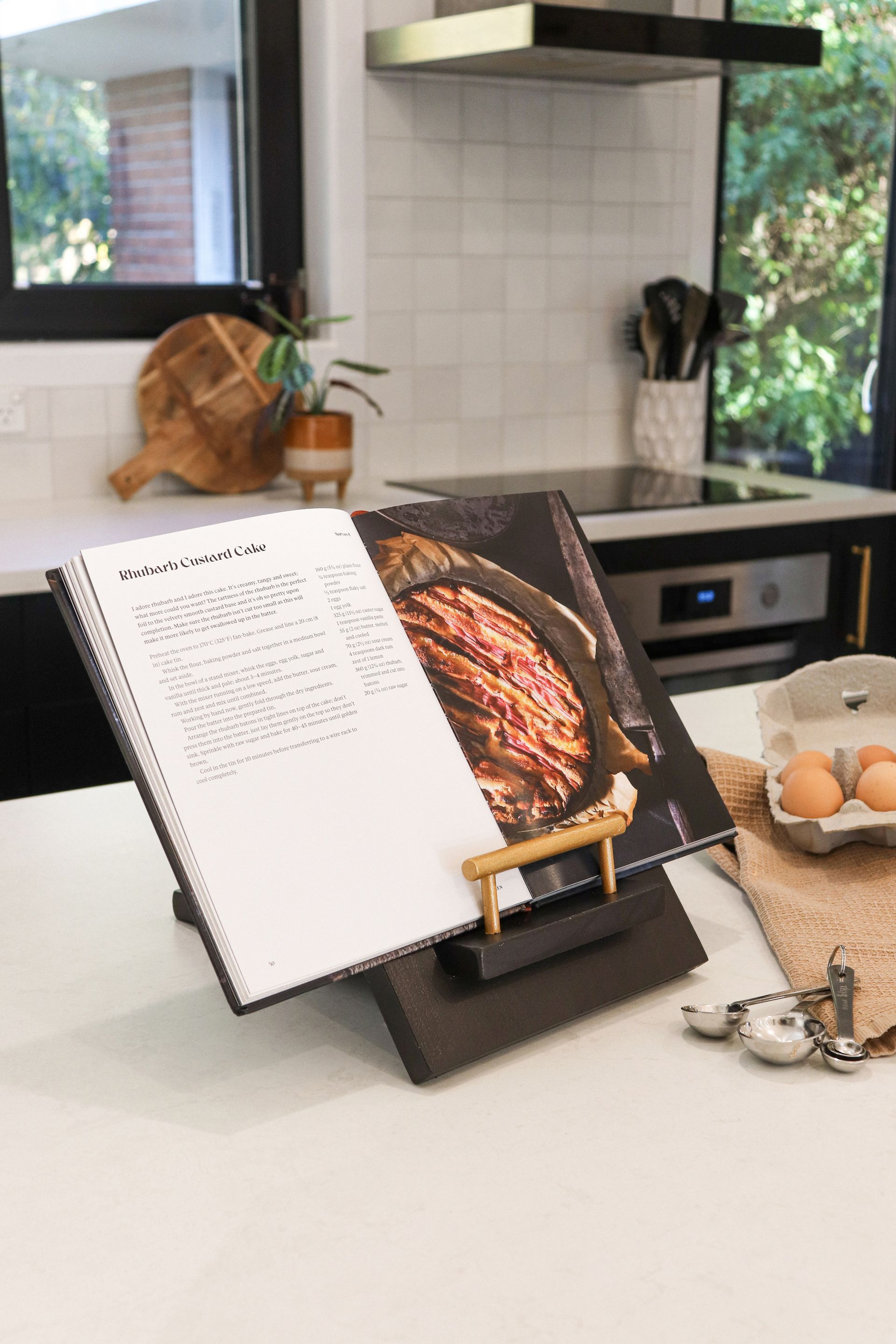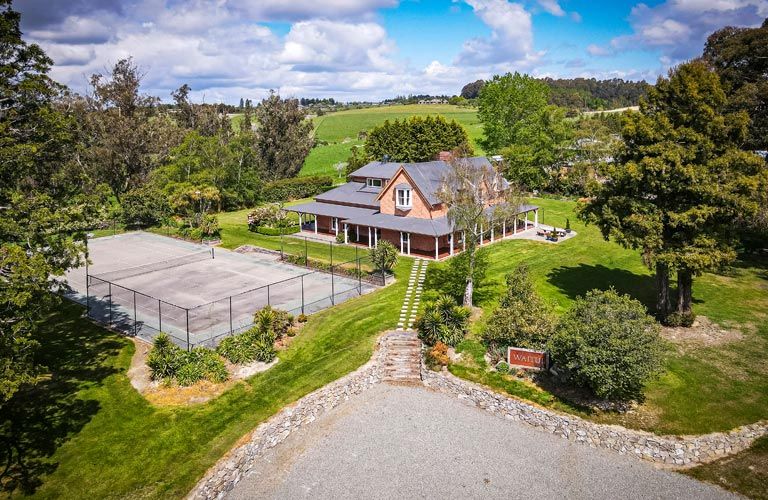One of the world’s foremost real estate companies, Colliers International, is steadily expanding its footprint in the greater Canterbury rural property market.
Two successful and highly respected rural brokers, Shane O’Brien and Ruth Hodges, set up the Canterbury operation six years ago in Christchurch and have now added Colliers Rural offices in Ashburton and Timaru. Their 11-strong team comprises some of the most experienced rural property specialists in the market with a clear focus on the rural and lifestyle markets across greater Canterbury and North Otago.
Colliers Rural also has offices in Central Otago, Marlborough, Nelson and throughout much of the North Island with a clear vision for growth in key areas and markets.
Shane says Colliers Rural has a very targeted approach to the farming and lifestyle sectors. ‘Our specialists bring a bespoke approach to each property. Every situation is different and it’s our job to understand our clients’ intentions and their property fully so that we can achieve the best outcome for our vendors. We put considerable effort into making sure we understand what is important to our clients when it comes to selling what is invariably their most important asset.
‘When you’re selling a farm, there’s so much complexity and we need to make sure we’re fully conversant with farm environment plans, nutrient budgets, farming consents and Overseer reports. Understanding the importance these play in the sale process is absolutely critical.
‘Collaboration is key to achieving the best outcomes. We often have two specialists appointed to a given sale to ensure that we’re always available to answer a vendor’s questions and provide up-to-date information. This was highlighted recently with the successful sale of the Silver Fern Farms Fairton 486 hectare Freezing Works site where our rural specialist combined skills with Colliers’ Industrial Director to achieve a very good sale for our clients.
‘We also work in closely with our Colliers rural valuation team as well as bankers, solicitors, accountants and other farm advisers and consultants to increase our understanding and knowledge.’
In the short time since entering the competitive Canterbury market, Colliers Rural has achieved a number of notable sales including the sale of one of New Zealand’s largest farms, the iconic Mt White Station as well as White Rock Station in the Rangitata Gorge and Danseys Pass Station in North Otago. They have been appointed on several unique offerings including Manuka Point Station; North Canterbury’s renowned Tipapa Homestead and are currently selling down the Van Leeuwen Dairy Group portfolio in North Otago, as well as the well-known Glencairn Station near Twizel.
Colliers’ rural expertise is backed by the significant resources of the global Colliers International brand with almost 15,000 professionals operating from 403 offices in 68 countries.
‘Clients really benefit from our international reach and we work particularly closely with our Australian counterparts, sharing resources, marketing initiatives and potential buyers. It means we are always at the forefront of any trends in rural real estate,’ Shane says.
‘Colliers’ New Zealand head office is in Auckland which allows us to be well connected with the national corporate market and to access extensive databases and reach that’s not always available from the local operators.’
Shane is very proud of the company’s achievements. ‘With all of our team either living or working in rural communities across Canterbury, we combine Colliers’ global real estate reach and thinking with intimate local knowledge.’
For more information, visit www.colliers.co.nz
Recent stories





